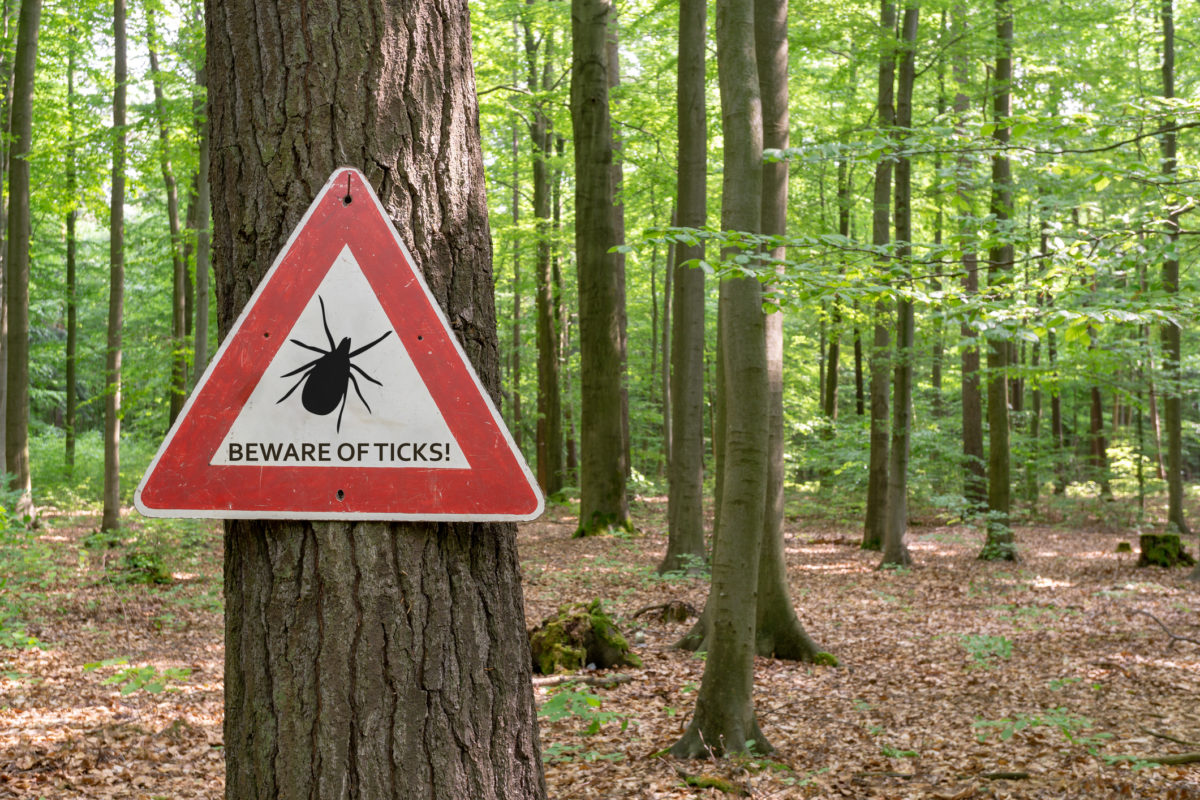Ticks are back.
It’s a fact of life in the Upper Valley, and there are signs that they are here to stay.
At Peraza Dermatology Group, our approach is to give patients important information in four areas: prevention, location, removal, and identification.
PREVENTION
A tick must be attached to your skin for at least 36 hours to infect you with the bacteria that cause Lyme disease, so checking regularly is the most important step. Here are some proven, proactive steps to prevent problems with your skin.
- Cover yourself with light-colored clothing. It is a good idea to pull your socks up over the cuff of your pants to make it harder for ticks to find skin upon which they can attach.
- Spray 20-30% DEET repellent on your exposed skin and clothing.
- Stay in the middle of the trail, and away from thick brush, long grass, and heavily-wooded areas.
LOCATION
Finding and identifying ticks and Lyme disease is also important. People in the Upper Valley spend a lot of time outdoors, and the threat of ticks is constant in the spring, summer, and fall. Walking your dog, trail running, gardening, golfing, or just barbecuing in the backyard all present an element of risk. But, with a little discipline, you can spot potential problems and eliminate some risk.
For adults, check yourself from head to toe every day for signs of ticks. Pay
special attention to armpits, the groin area, between your toes, your bellybutton, and in your hair, as these are the spots that ticks most like to attach. It is especially important to look in areas that you might consider embarrassing as these regions are frequently where ticks go undetected for
long periods.
With children, conduct a nightly tick check, from head to toe, paying special
attention to the aforementioned areas.
REMOVAL
The delicate step of removing a tick is critical in reducing risks of Lyme disease. Generally, dermatologists recommend that you:
- Use tweezers.
- Pull up with steady pressure.
- Clean the bite area with soap and water.
If part of the tick remains attached or embedded in the skin, it’s best to contact a medical professional for advice and guidance on how to proceed.
IDENTIFICATION
If you’ve played host to a tick, it is important to monitor the spot for potential disease. Most people infected with Lyme disease will notice a rash developing around the bite area within days or weeks. Frequently, it is a bull’s-eye rash and becomes warm and itchy. You can next begin to develop flu-like symptoms, including fever, chills, headaches, and other signs of disease.
As the disease progresses, it can become more serious, so we always recommend that you contact a medical professional if you are experiencing any signs of Lyme disease. Early treatment is key.
For more information, consult these important articles from the American Academy of Dermatology:
https://www.aad.org/public/skin-hair-nails/injured-skin/bug-bites-and-stings/how-to-remove-a-tick


